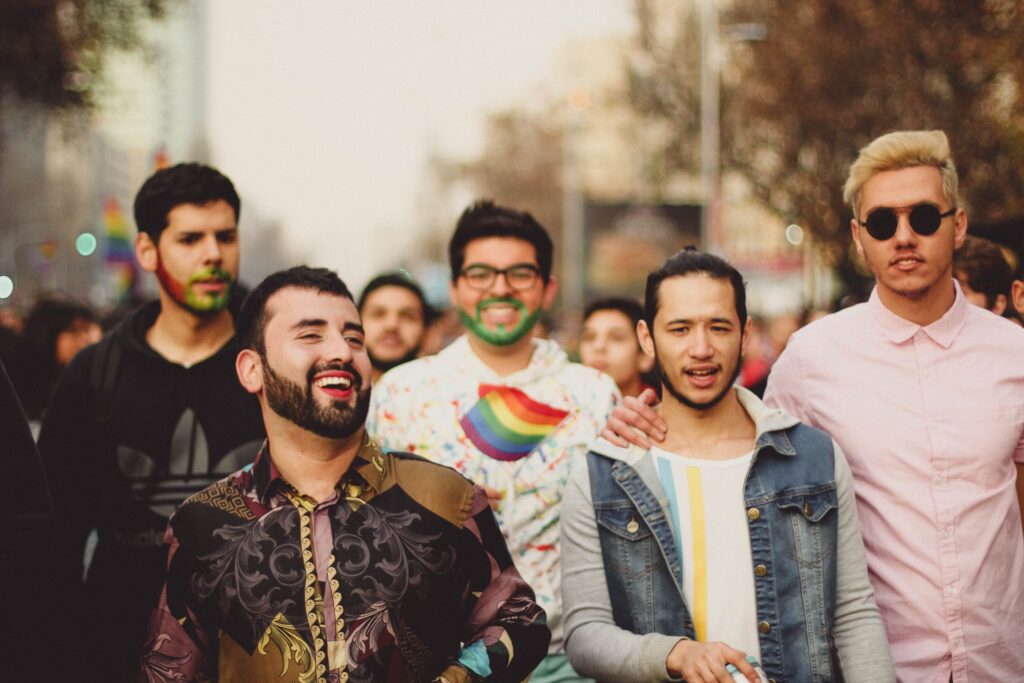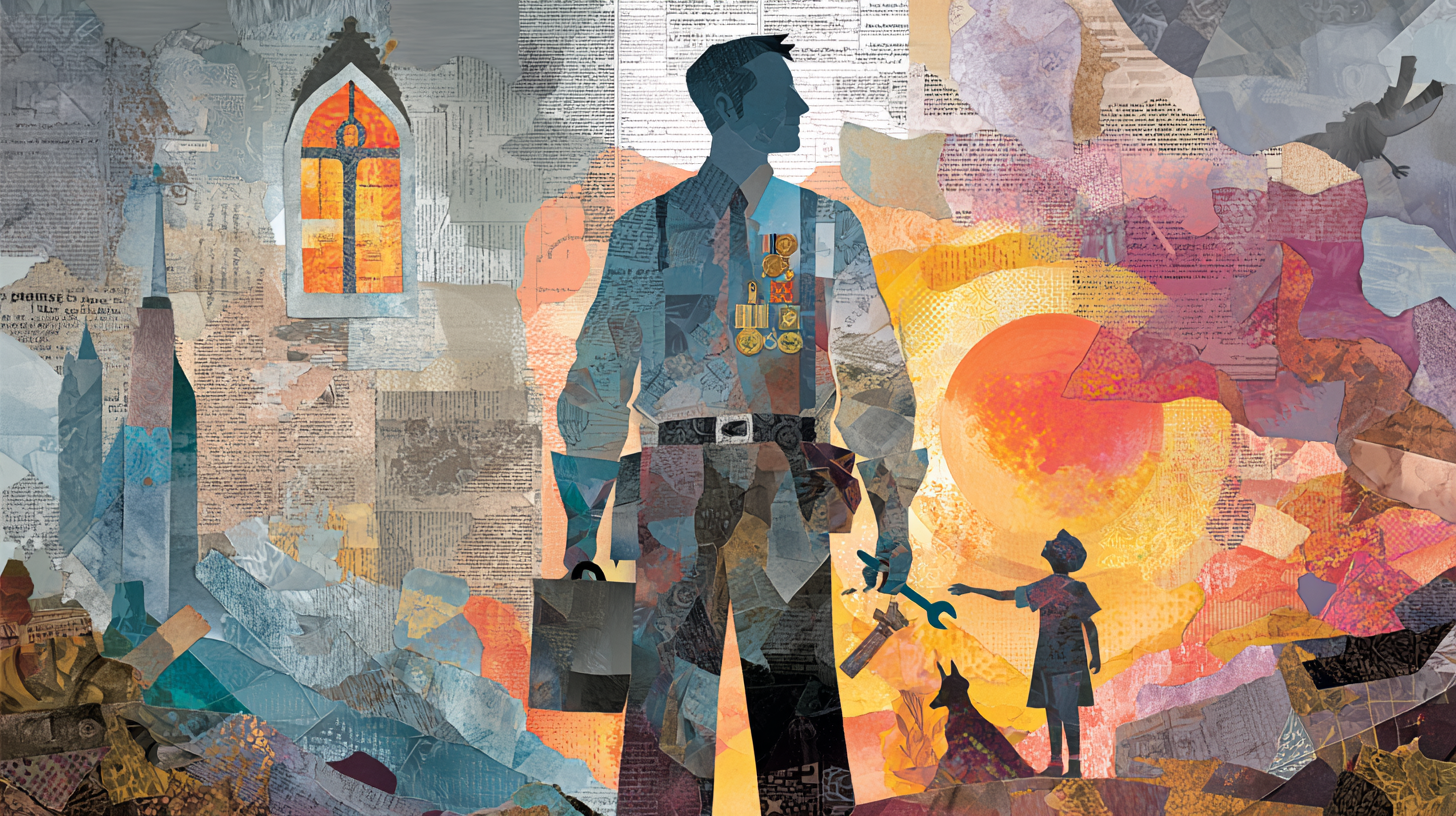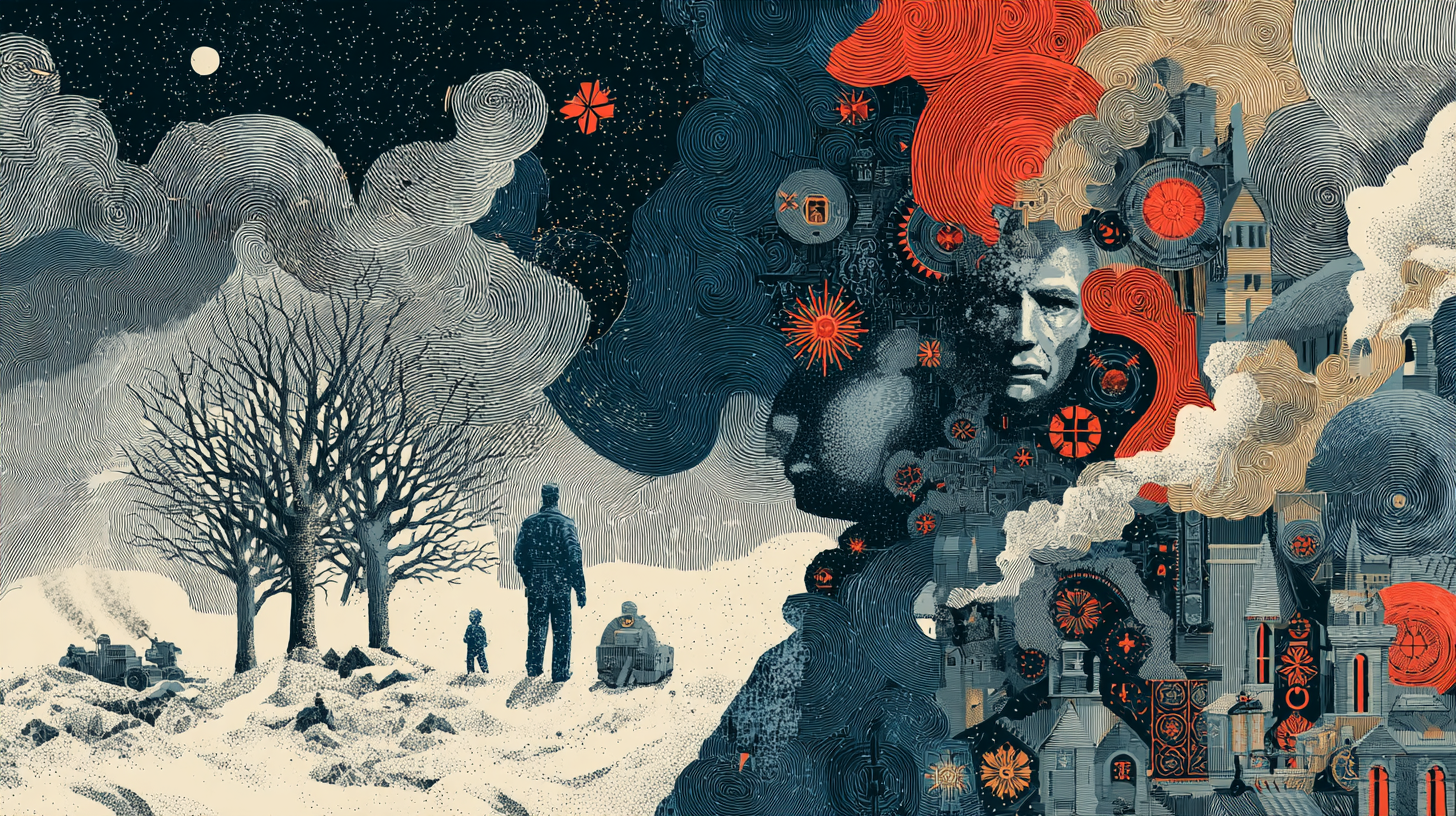The first meeting I ever went to was not a gay AA meeting. Quite the opposite. It was a noon meeting in the library of a senior living facility in downtown Los Angeles. I’m pretty sure I picked one outside of my hip Silver Lake neighborhood because I was horrified at the idea of running into someone I knew.
Once there, I was greeted by an older man in a red sweater vest who hugged me and told, “I love this meeting! I’ve been coming here for 25 years.” My first thought was, “Oh crap. I have to do this for 25 years?!?” My second thought was I better make sure I find my people.
My people, I thought, meant queer people, cool people, gay people. Thankfully, getting sober in LA meant there were dozens of LGBTQ meetings happening every night of the week so surely my gay sober tribe was out there.
I often say I walked out of the closet and into a bar, which isn’t 100% correct because I was sneaking into bars way before I was officially out of the closet or even 21. But the point is being a gay man in the 1990’s meant you went to gay bars and lots of them as a right of passage into queer culture. It’s just what we did.
If you were a young gay man like myself who already had a problematic relationship with substances since the age of 14, it also meant you drank constantly and did a lot of drugs. For me, the two were so enmeshed with one another. Gay men got drunk. Again, it’s just what we did. So at age 36 when I was getting sober with my twink gay bar days long behind me, I was forced to reinvent what a gay community looked like without drugs or alcohol.
Oddly enough I can’t remember what my first gay meeting was but I’m nearly positive it was a meeting in the community room in a park in Santa Monica. It wasn’t filled with the trashy, cool kid types I used to share space on the nightclub guest list with; the meeting was more of the cozy variety. Everybody hugged each other. Everybody clapped for each other. Folks chatted around the coffee and cake. I think there may have even been a lesbian knitting. Look, I didn’t know if these were my people but they all seemed nice enough and they all talked about staying sober, something I didn’t know my people could even do, so I decided to come back.
What happened when I came back to that gay meeting and dozens of others in Los Angeles is I eventually found my people. The only thing? They didn’t look like the gays I used to drink and do coke with. Most of them looked even better. These people had relationships, jobs and in general their collective shit together.
Plus they laughed all the time, helped people just because they wanted to and stopped smoking years ago. In short, they intimidated me. But I was fascinated that these nice, happy queer folks could stay sober and some of them even wanted to be friends.
Now, I wouldn’t be exactly living a program of honesty if I didn’t admit that part of the appeal of going to gay meetings was the plethora of cute gay boys to be found in those places. Fairly quickly, however, I discovered two things:
1) It wasn’t exactly the healthiest dating pool on earth. As my friend once said about dating in AA, “The odds are good but the goods are odd.” Nine times out of ten, the guy I thought was the cutest in the room was also the person who’d share about having three days sober and being on his way to prison.
2) I wasn’t exactly the healthiest either! Let’s just say nobody wanted what this busted lemonade stand was selling.
It was best, I realized, to focus on improving myself and try for the first time in my life to have healthy relationships with gay men.
What queer meetings did for me was something gay bars were never able to do: give me a real community. Here were people from backgrounds like mine who knew what I went through, not only as a gay man but also as an alcoholic and addict.
Plus, since my people are inherently extra in the best sense of the word, gay meetings are extra too. Many have Rocky Horror-style responses when the 12 steps are read. Others have an extensive, nearly catered snack table. I even went to a gay meeting in the Valley that had a pianist who would play intro music before the meeting started and “Happy Birthday” for people celebrating sobriety milestones. But the main thing I found with gay meetings in LA was an honesty that cut right to the chase of all the problems that plagued me and caused me to drink for decades. I laughed a lot in those rooms but I also cried a lot and learned how to call myself out on problematic behavior.
It was the sober gay men in AA who told me that I was going to be okay when I got my HIV diagnosis.
It was the queer people of AA who showed up for me when I celebrated turning a year sober.
By doing so they taught me how to show up for others too.
The more meetings I went to in my first year of sobriety, the more I discovered that all recovering addicts and alcoholics were my people, regardless of their sexual orientation. The tolerance and honesty I learned in gay AA meetings bled over into my attendance at mixed meetings. This was a good thing, especially when I moved to Colorado where 12-step groups are decidedly more bro-filled. The longer I stayed sober and the more straight meetings I went to, the less it mattered if the crowd was straight or gay. Besides, any meeting with me in it is a gay meeting. Now my tribe suddenly isn’t just queer but all kinds of sober people who accept me and love me for who I am.
Currently, I am blessed to be surrounded a group of gay men who I get to walk alongside as we deal with life sober. It’s now my turn to tell them that they can stay sober and that no matter what they’ll be okay. Miraculously, most of them have stayed sober. This is no small feat when you consider the numbers (SAMSHA data from 2015 suggests that sexual minorities—lesbian, bisexual, transgender and gay men like myself—are far more likely then there straight counterparts to struggle with addiction, mental health and to commit suicide.) It’s a staggering thought but if gay AA has taught me anything it’s that we don’t have to do it alone, we don’t have to live a life of dishonesty and we don’t have to do it without piano music.



